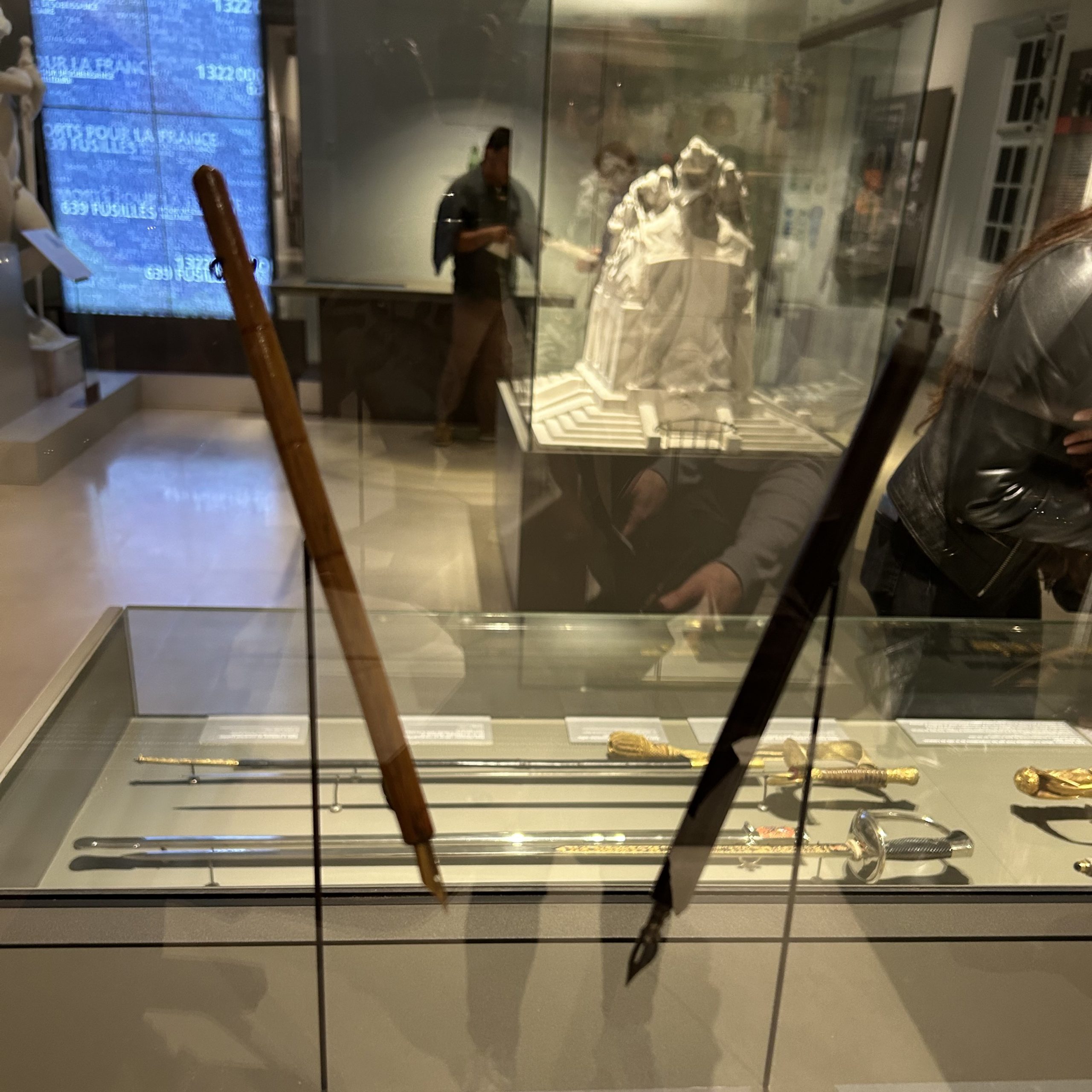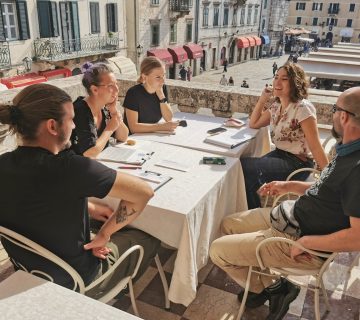The IE CIW training shook interpretive habits as participants learned to stop using so many dates and military language.
The American Battle Monuments Commission (ABMC) is a Government Agency. Its mission is to maintain military cemeteries and commemorative sites and educate about their history. Most of our interpretive staff rightfully feels the need to give context when interpreting for it is key to understanding how things came to be. Our staff also does a lot of research about the personal stories of men and women buried at our sites. When we occasionally find something, we want to share it with the world! All in all, we tend to share a lot.
But our amazing trainer on the Interpret Europe course for Certified Interpretive Writers (CIW) made an important point: Is it better to create an exhaustive panel that no-one will read? Or would it be worth sacrificing some of the details to catch the visitor’s attention? And by doing so, teasing them into making the active effort to look for more information by themselves?
Every day during the course we were made to think about how we act as visitors. Would we be stopped on our morning walk by a sign with more text on it than a page from the Lord of the Rings? Would we stop if a sign had no pictures? We quickly realised that all we can do as interpreters is make an offer to the public. An opportunity to relate with a phenomenon. We knew about it in theory, but this training made it crystal clear because we had time to practice.
During the training, we visited the Invalides Museum in Paris, and this was the peak of the week for me. Looking at their displays and panels was a wake-up call. They have two types of panels: caption-like signs that plainly state what you are looking at, e.g. “Doll of a soldier”. And informational signs offering very detailed chronological information filled with specific vocabulary, names, and dates. All or nothing.
The effect these panels had on me was simple: I did not read them. A few lines here and there but nothing grabbed my attention. My brain thought, “Oh ok, it’s about WWI” and I moved on. This stuck with me: I work in the field. If I don’t stop, who will? How can visitors want to read a sign if nothing provokes them or relates to their own experience? This visit made things click for me. I finally understood what I had been doing wrong and how to put the theory into practice.
Later that day, we were tasked with selecting objects and creating a short panel. My team and I selected two pens that were lost in the corner of a room with a short note that labelled them, “Pens used to sign the Armistice”. What might have been the strongest phenomenon in the room was lost among bigger and shinier objects, dates and lists of facts.
How many of our sites have objects, phenomena that like these pens, are not interpreted? At my site visitors often ask me about the meaning of the angel statue. Is there a sign next to it? No. But thanks to this training, it’s only a matter of time. And the new sign will provoke, relate and reveal meaning(s) for our visitors. I hope!
Amandine joined the ABMC in 2018 and worked as a guide for several years before becoming Cemetery Associate at Henri-Chapelle American Cemetery, Belgium. You can reach her at: jauneta@abmc.gov.
To cite this article: Jaunet, Amandine (2024) ‘Try telling historians to get rid of dates!‘ in Interpret Europe Newsletter 3-2024, pg.12.
Available online: PDF-Newsletter_2024_3.pdf




